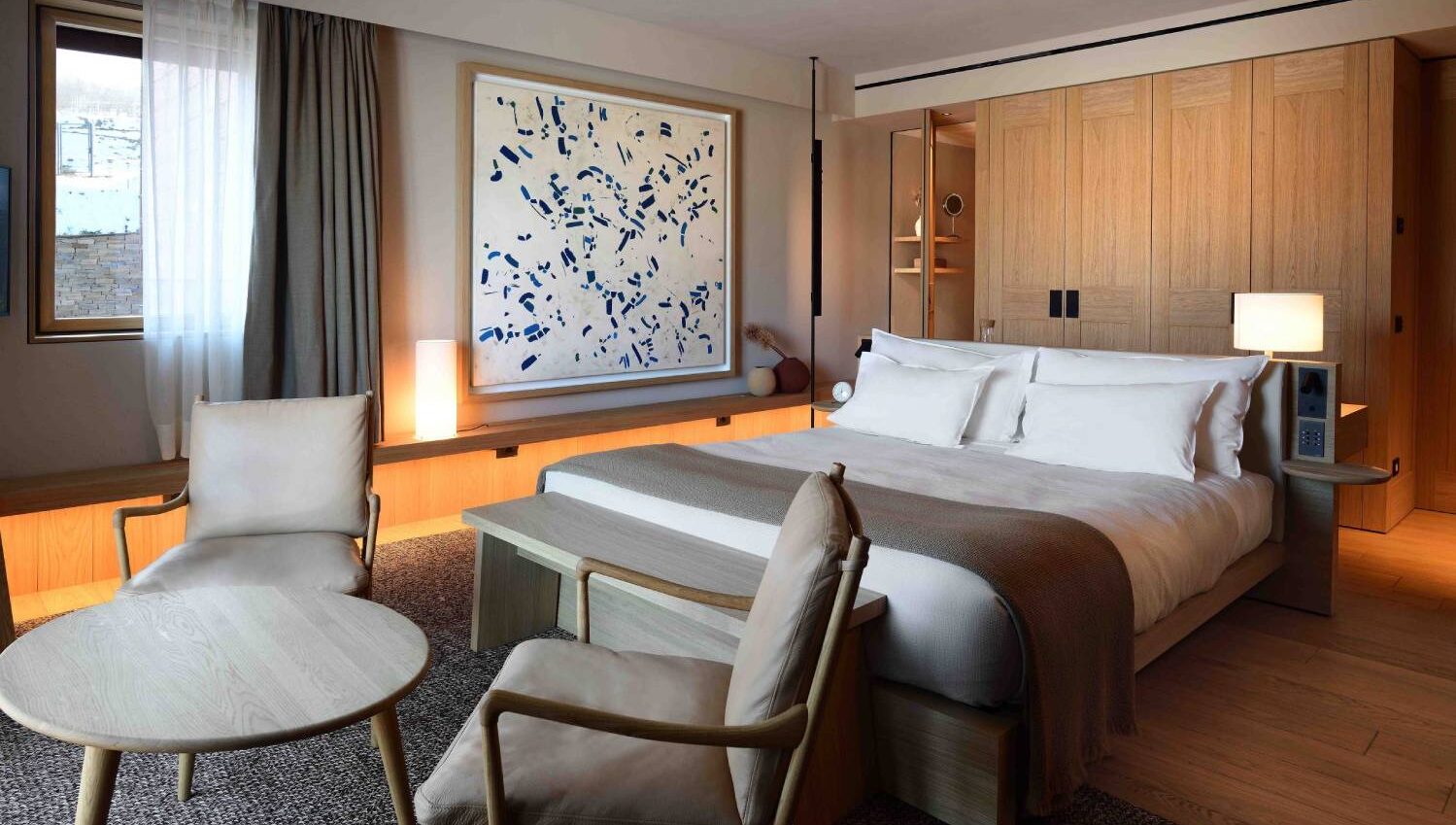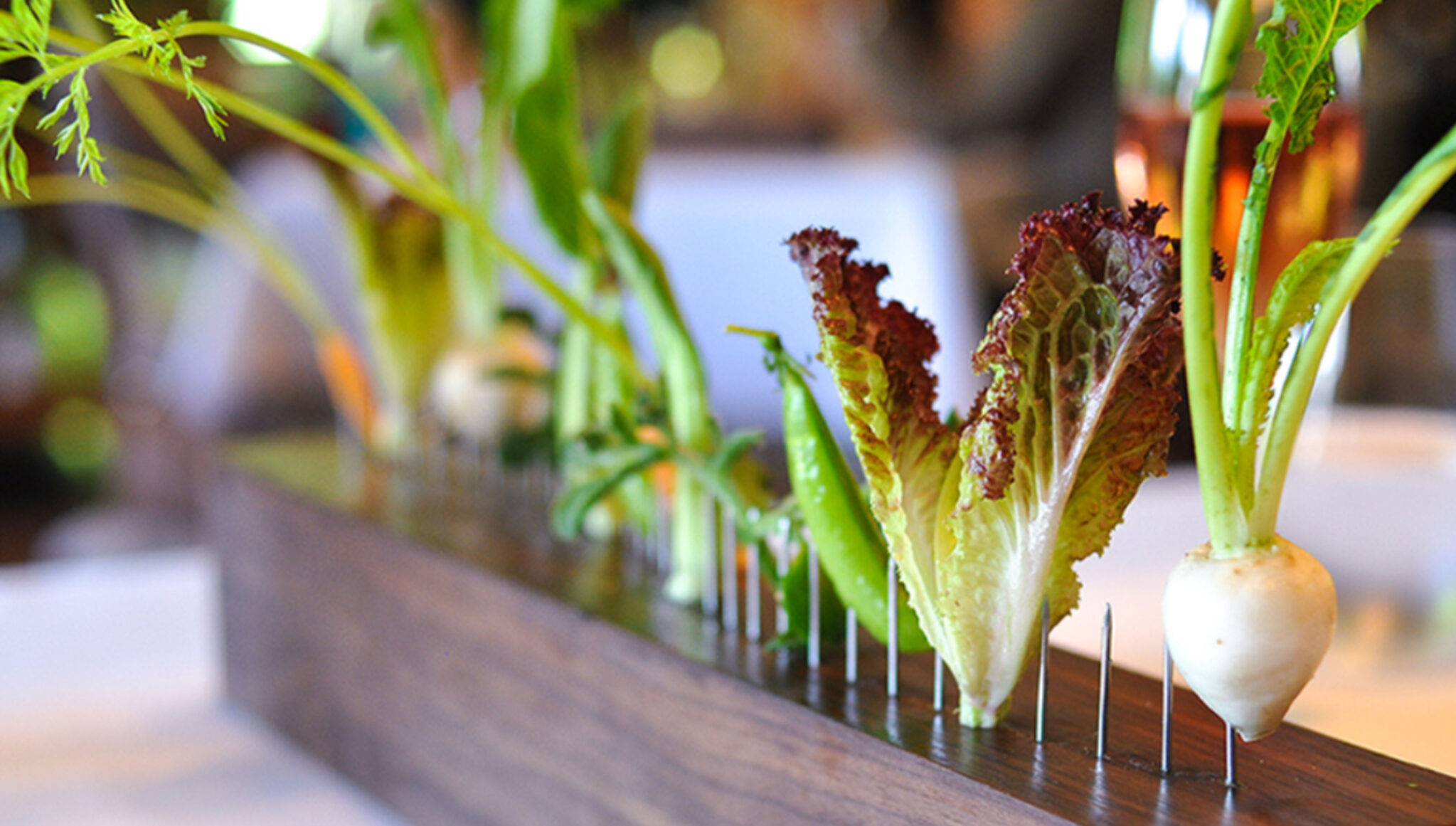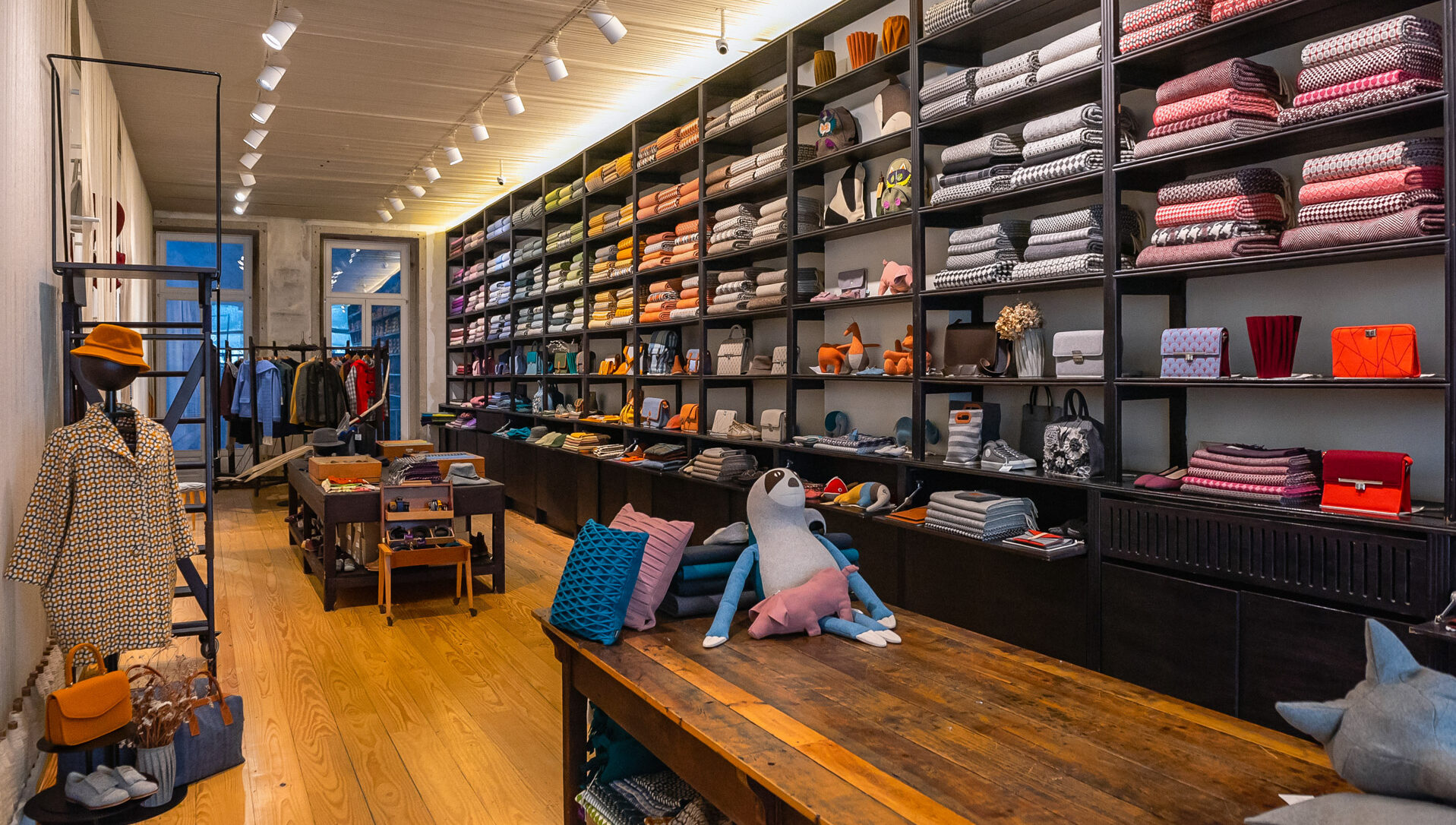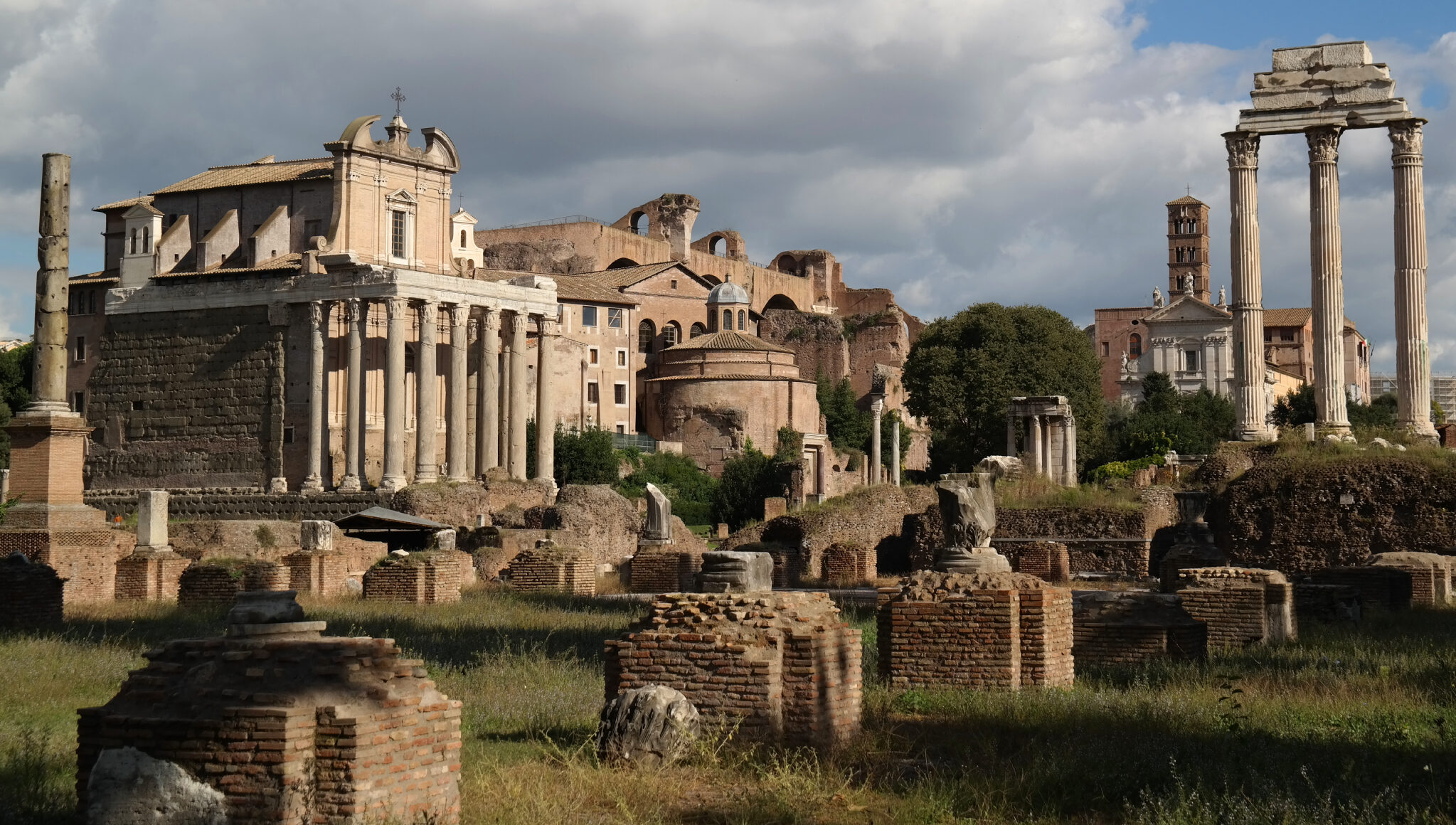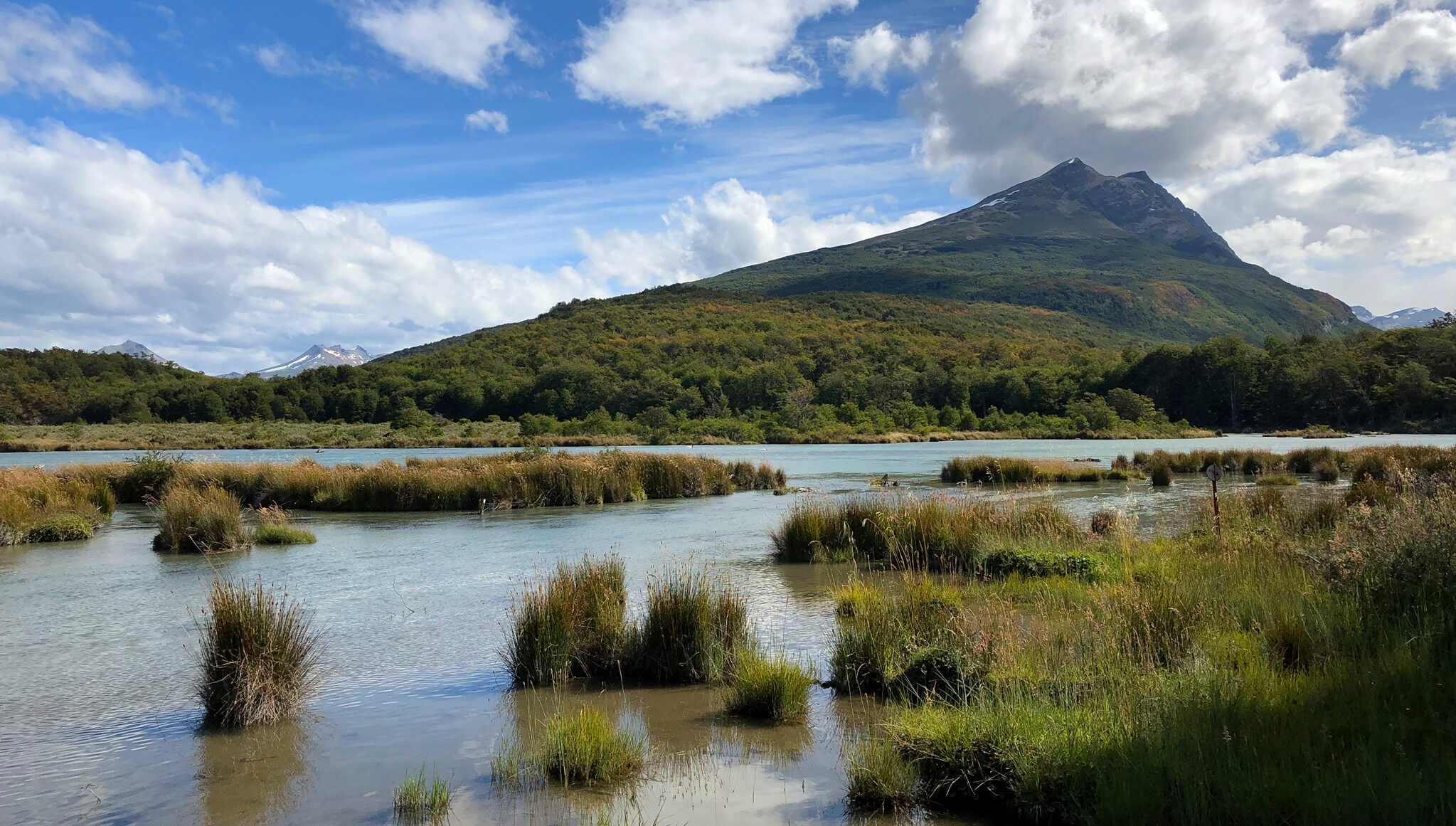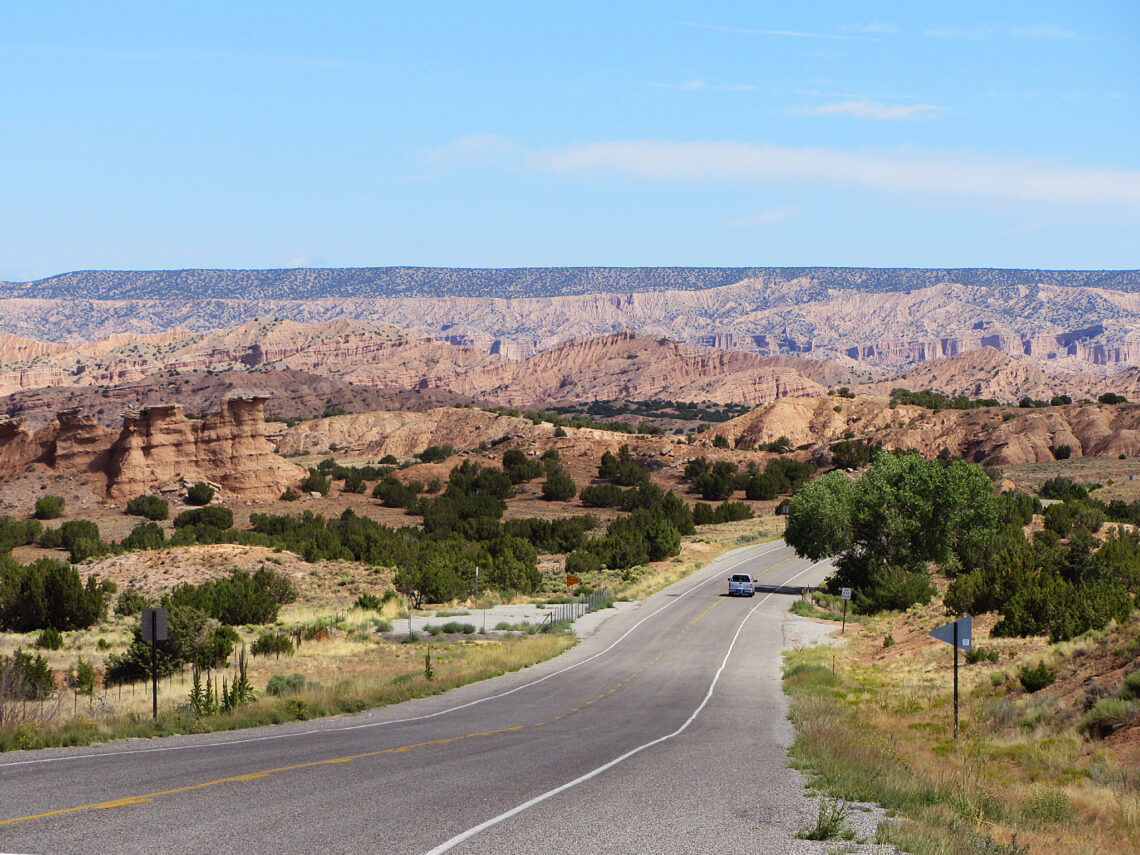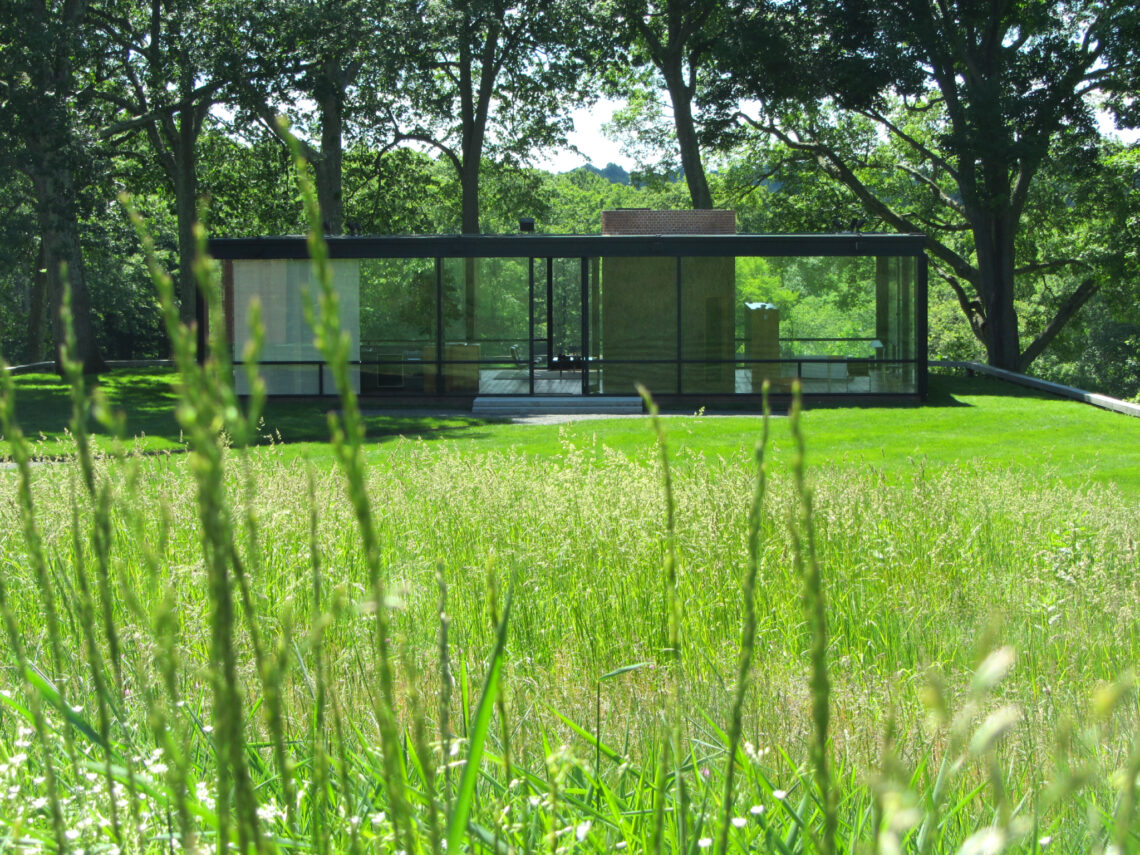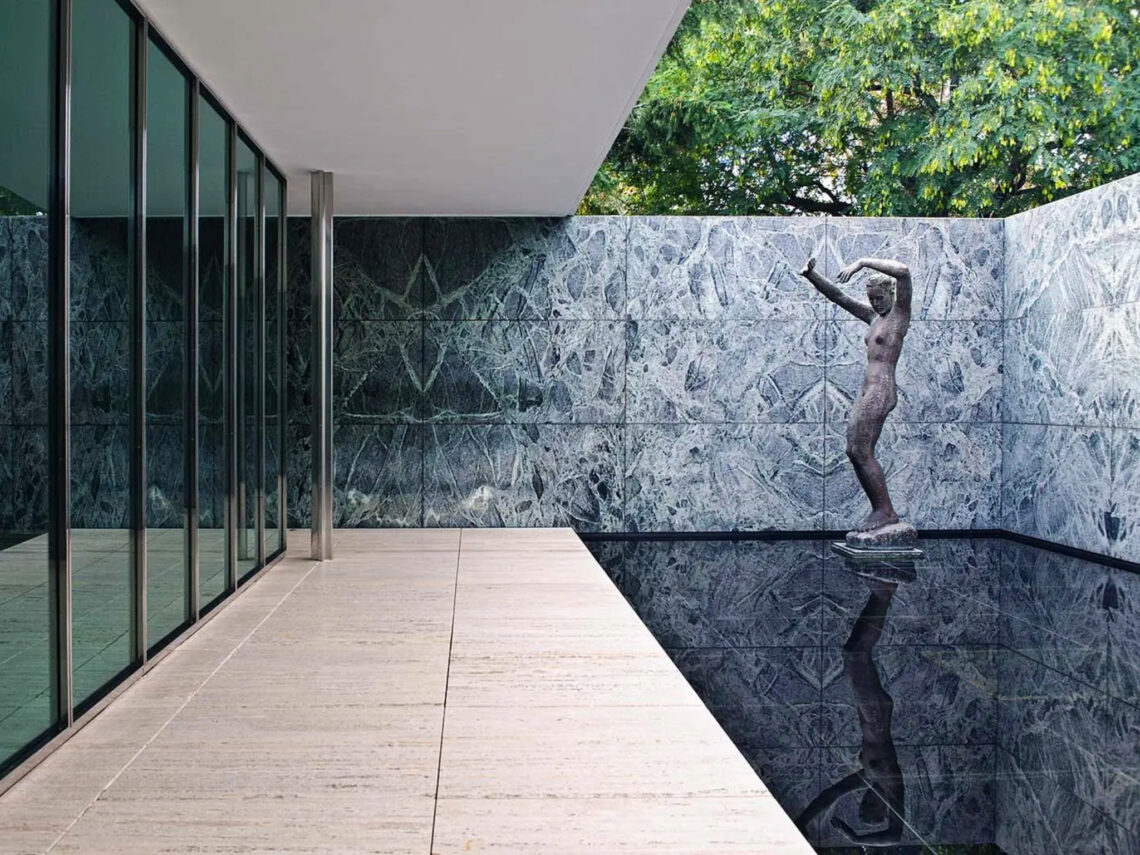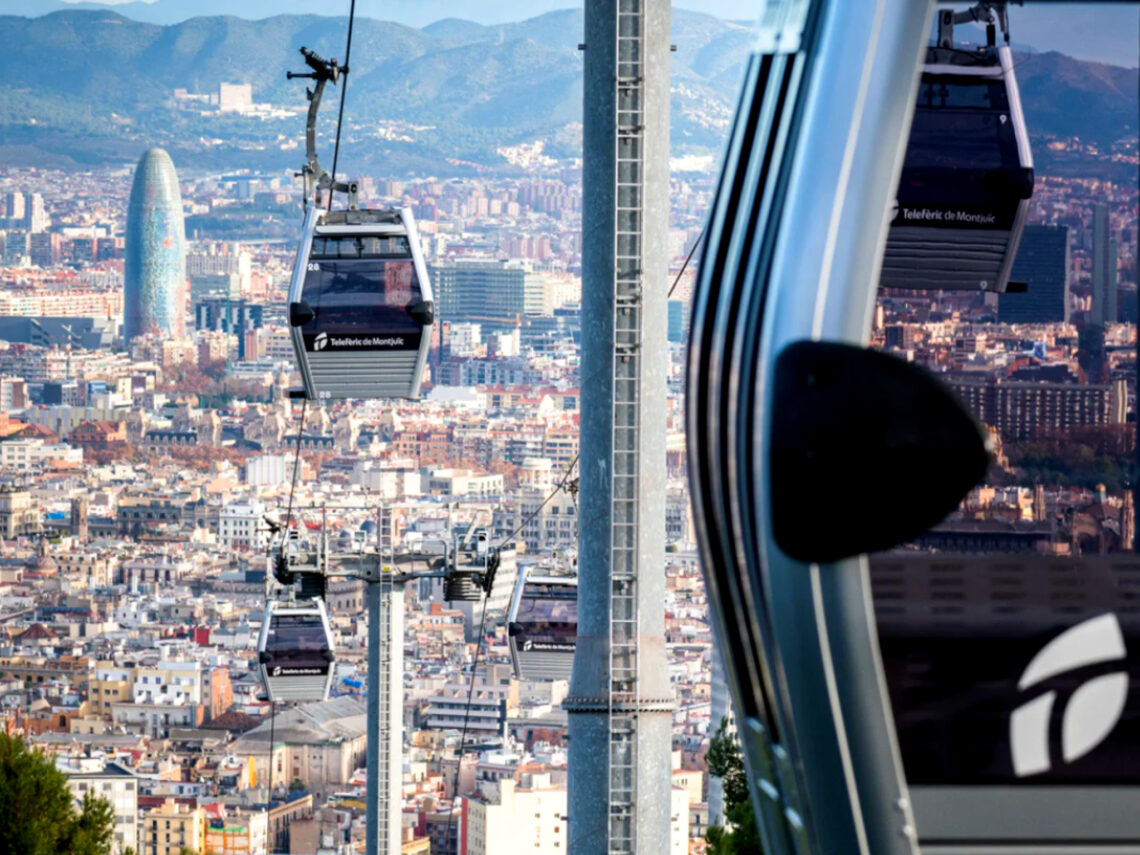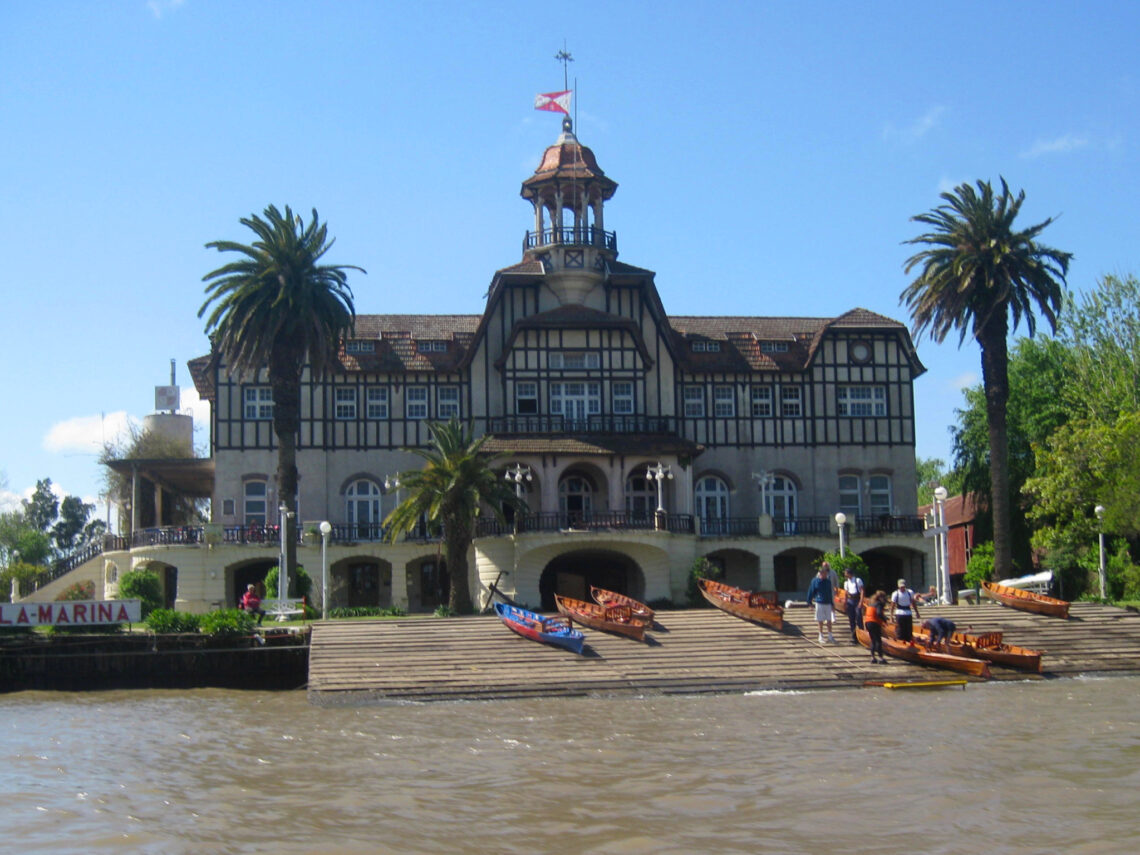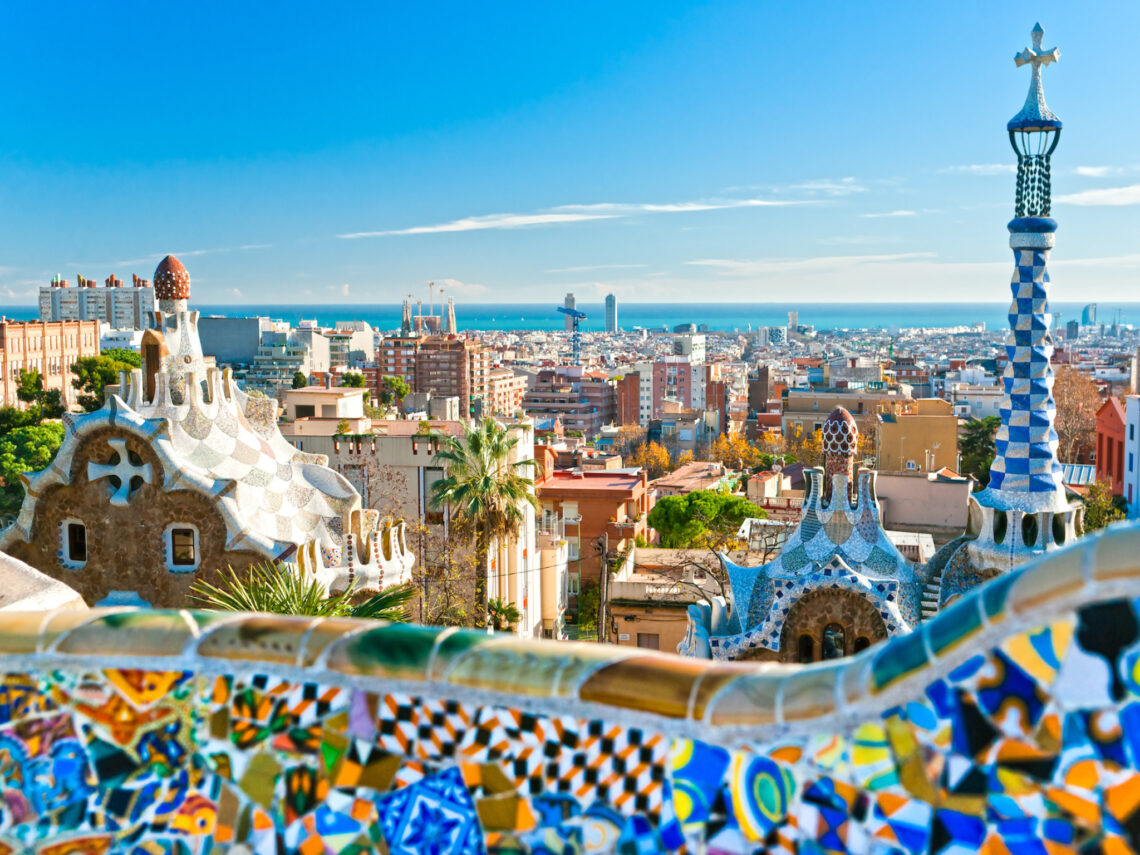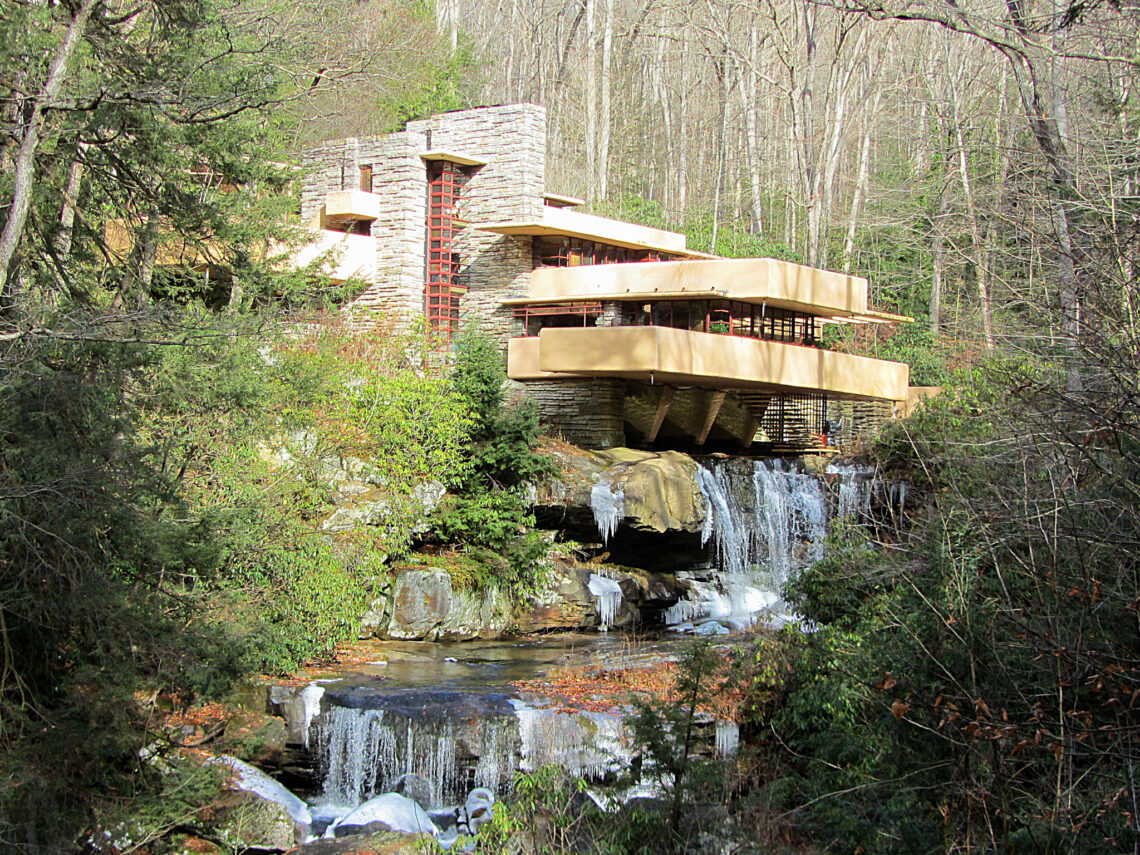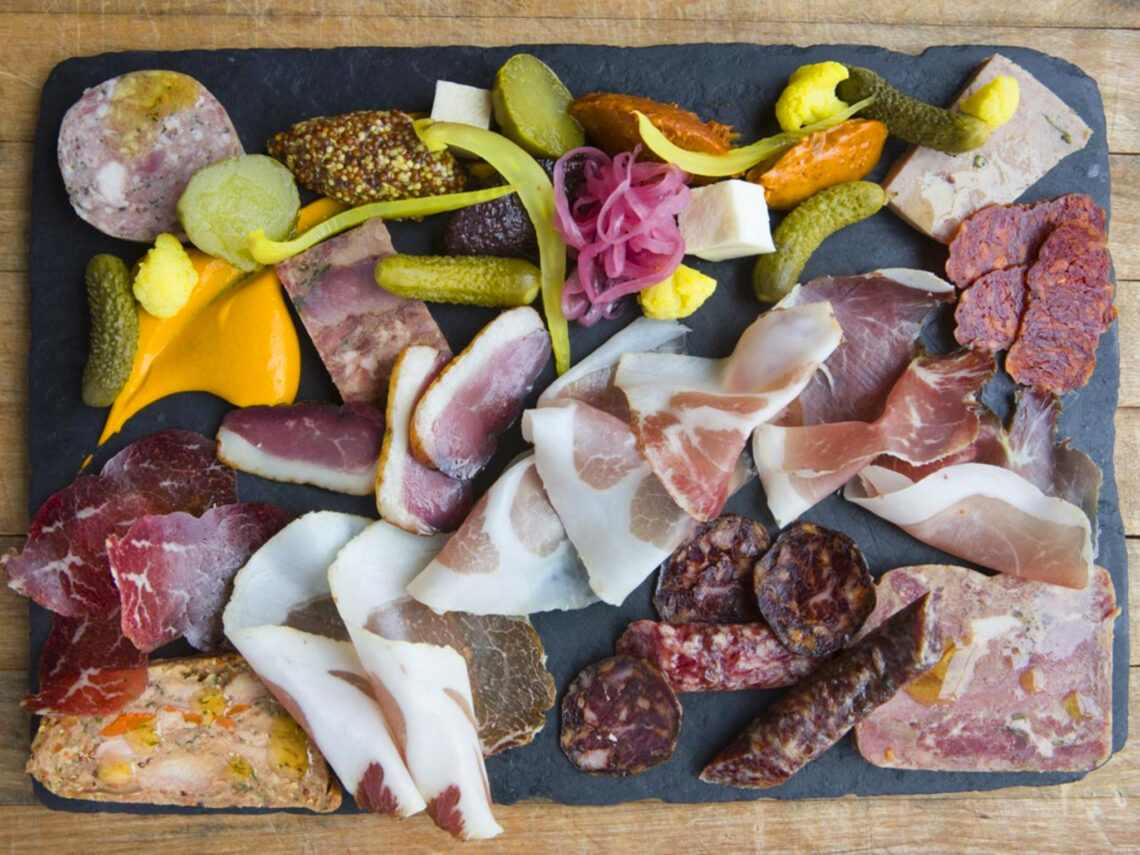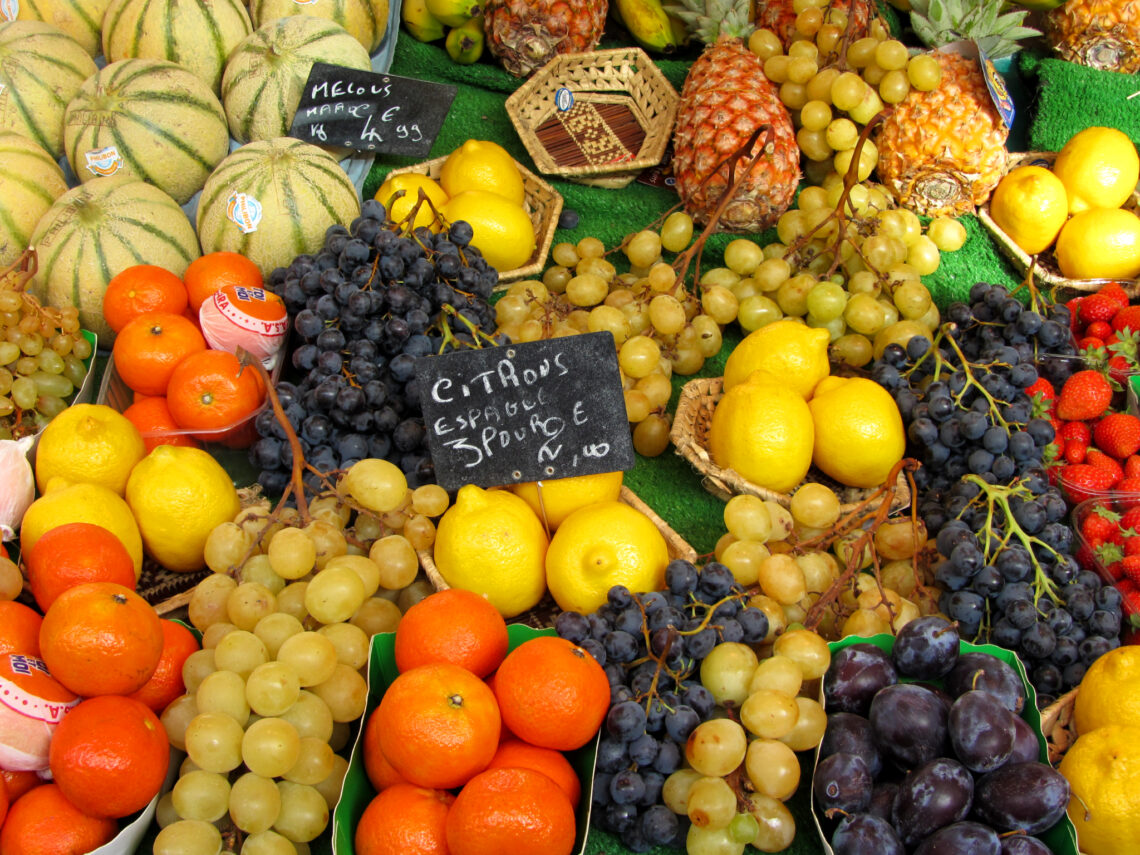-
High Road to Taos, New Mexico
The High Road to Taos is a stunning scenic byway that connects Santa Fe with Taos. The well-signed route guides travelers through the pastures and meadows of the Pojoaque River Valley, the badlands of the high desert, the rolling foothills of the Sangre de Cristo Range, and the dense pine woodlands of Carson National Forest. Along the way are numerous Native American pueblos and Spanish villages steeped in history and tradition. In more recent times, a few of these villages…
-
The Glass House, New Canaan, Connecticut
Attention New Yorkers – if you haven’t been to Philip Johnson’s Glass House, you should consider planning a visit this coming spring or summer. Located in bucolic New Canaan, Connecticut, it’s only an hour away by car from the city, and roughly 90 minutes by train via Metro North from Grand Central Station. A tour of the house and property along with lunch and shopping in town make for a lovely warm-weather day trip. My partner, Charles, and I visited…
-
Parc de Montjuïc, Barcelona, Spain (Part 2)
If you’re continuing your Montjuïc expedition from the Jardí Botànic, keep reading this paragraph. If you decided to split up your Montjuïc adventure over two days, skip to the next paragraph. When you exit the Jardí Botànic, head back to Avinguda de l’Estadi and continue walking west to Plaça de Sant Jordi, where you’ll bear right onto Avinguda dels Montanyans. This will lead you to El Poble Espanyol, or the Spanish Village. For day two, you’ll begin your journey at…
-
Parc de Montjuïc, Barcelona, Spain (Part 1)
Parc de Montjuïc spans an ancient hill overlooking the southern edge of the port of Barcelona. It is the city’s largest public space and is filled with more than a day’s worth of sites to see and explore. Yet, like Barcelona’s very own Xanadu, it also provides a scenic and serene escape from the hustle and bustle of urban life. Your visit to Montjuïc should start with an adventure on the Telefèric del Port – an aerial tramway that dangles…
-
Tigre, Argentina
A fun and easy day trip from Buenos Aires is a visit to Tigre. Just 18 miles northwest of the city center, the town of Tigre is located on the Tigre Delta, where the Rio Paraná splits off into several smaller rivers that flow into the Rio de la Plata. These smaller rivers create a network of canals, which over time have formed numerous sedimentary islands covered in forest and grasslands. The waterways and islands of the region have played…
-
Park Güell, Barcelona, Spain
On your next trip to Barcelona, be sure to visit the architectural wonderland commonly known as Park Güell. It is a bit of a hike to get to (literally), but well worth the climb. Nowhere else in the city can you see and explore so many works by Antoni Gaudí in such close proximity – it’s truly a Gaudí admirer’s paradise. The property was originally envisioned as a residential oasis by entrepreneur Count Eusebi Güell who, at the turn of…
-
Fallingwater, Mill Run, Pennsylvania
As a child, I was an aspiring architect who took a great interest in Frank Lloyd Wright. I read up on all of his major works, from Oak Park to Taliesin to the Guggenheim Museum, and of course, Fallingwater. I remember feeling mystified by the Fallingwater design; how could a house actually be built over a running waterfall? I’ve always wanted to experience first-hand this ingenious Wright creation, and on a recent trip to Pittsburgh, that chance finally came to…
-
Cure, Pittsburgh, Pennsylvania
There is a burgeoning food scene in Pittsburgh. Yes, you read that correctly. The culinary wave is making its way through the Steel City, and I got the opportunity to ride it this past weekend. In the transitional neighborhood of Upper Lawrenceville, you’ll find Cure, a newish hot spot serving up “local urban Mediterranean food.” The unassuming décor is modern yet rustic, with only a handful of tables, a four-seat bar, and several stools parked in front of the open…
-
Marché du Pont de l’Alma, Paris, France
One of the best and largest open air food markets in Paris is the Marché du Pont de l’Alma. Also known as Marché Président Wilson, it runs along Avenue du Président Wilson from Pont de l’Alma to Trocadéro and is open Wednesdays and Saturdays from 7am – 2:30pm. While it is technically located in the 16th arrondissement, it also serves the residents of the 7th, right across the Seine on the left bank. The numerous stalls are filled with beautiful,…


